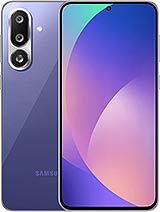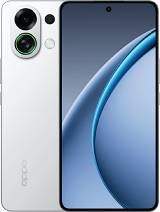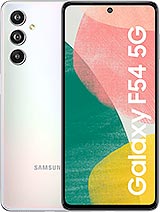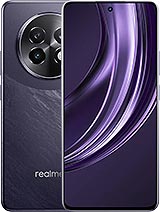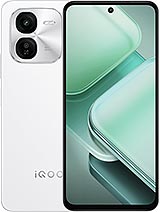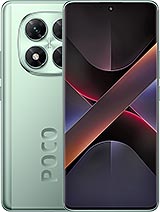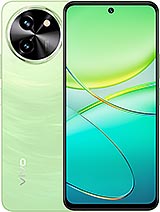Oppo F31 alternatives
Tap above to see alternatives.
Vivo T3x alternatives
Tap above to see alternatives.
4x2.5 GHz Cortex-A78
4x2.0 GHz Cortex-A55
4x2.2 GHz Cortex-A78
4x1.8 GHz Cortex-A55
8GB 256GB (UFS 3.1)
12GB 256GB (UFS 3.1)
6GB 128GB (UFS 2.2)
8GB 128GB (UFS 2.2)
8GB 256GB (UFS 2.2)
f/1.8, (wide), 1/2.88", 1.6µm, OmniVision OV50D40, PDAF, OIS
2 MP
f/2.4, (depth), 1/1.5", 1.75µm
f/1.8, (wide), PDAF
2 MP
f/2.4, (depth)
720p@60/30fps
1080p@30fps
f/2.4, (wide), 1/1.3", 1µm, Sony IMX480
f/2.1, (wide)
720p@30fps
SIM1: Nano, SIM2: Nano (Hybrid)
10 5G bands
n1, n3, n5, n8, n28, n38, n40, n41, n77, n78
8 5G bands
n1, n3, n5, n8, n28, n40, n77, n78
In this performance comparison, the Vivo T3x with its Qualcomm Snapdragon 6 Gen 1 (4nm) performs better than the Oppo F31 with the Mediatek Dimensity 6300 (4nm), thanks to superior chipset efficiency.
Both Oppo F31 and Vivo T3x offer the same software support — 2 years of OS updates and 3 years of security updates.
Oppo F31 features a superior AMOLED display, while Vivo T3x comes with an LCD panel. Both smartphones offer the same 120 Hz refresh rate. Oppo F31 also boasts a brighter screen with 1400 nits of peak brightness, enhancing outdoor visibility. Both phones have the same screen resolution.
Oppo F31 comes with a larger 7000 mAh battery, which may offer longer usage on a single charge. Oppo F31 also supports faster wired charging at 80W, compared to 44W on Vivo T3x.
Oppo F31 offers better protection against water and dust with an IP69 rating.
- Oppo F31 – Check price here
¹ Scores can vary even with the same chipset due to RAM, thermals, and software optimization.

